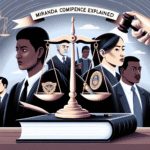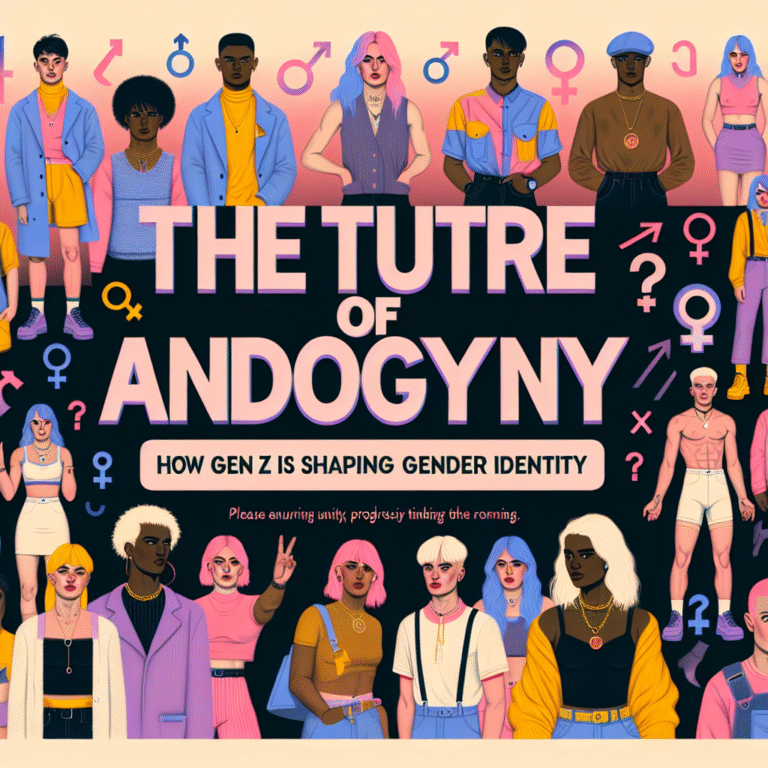
Title: Breaking the Cycle: Understanding and Combatting Stereotype Threat in Education for Lasting Change
Introduction
In the vibrant landscape of education, there lies a critical barrier that often goes unnoticed but has the power to stifle potential and perpetuate inequality: stereotype threat. Imagine a bright student, full of potential, suddenly doubting their abilities simply because they belong to a demographic group burdened by negative stereotypes. This phenomenon has been shown to hinder academic performance and personal growth, especially in students from marginalized backgrounds. If we aim to foster an equitable learning environment, understanding and combatting stereotype threat in education is paramount. This article will offer an in-depth examination of the concept, its implications, and practical solutions, empowering educators and students alike to break this cycle for good.
Understanding Stereotype Threat
What is Stereotype Threat?
Stereotype threat occurs when individuals fear confirming negative stereotypes associated with their social group. When placed in evaluative situations, this fear can disrupt concentration, decrease performance, and ultimately lead to self-fulfilling prophecies. Research indicates that stereotype threat can affect various groups, including racial minorities, women in STEM fields, and individuals with disabilities.
Historical Context and Research Background
The groundbreaking work by social psychologist Claude Steele in the late 1990s brought attention to stereotype threat. One of the seminal studies conducted at Stanford demonstrated that African American students performed worse on a standardized test when they were reminded of their race compared to when they were not. This pivotal research revealed the damaging effects of societal expectations and highlighted the urgent need for intervention strategies.
The Mechanisms Behind Stereotype Threat
Stereotype threat operates through several psychological mechanisms, including:
Cognitive Load: The anxiety of performing in the face of stereotype threat reduces working memory capacity, affecting test performance.
Emotional Response: Feelings of inadequacy and fear of judgment can increase stress, which further hampers cognitive function.
- Identity Salience: For individuals at the intersection of multiple marginalized identities, the pressure can be compounded, amplifying the negative impact.
Case Study: The Impact of Stereotype Threat in Female Students
A study at the University of Michigan examined the performance of female students in mathematics. When the female students were told they were taking a test to measure innate mathematical abilities—a stereotype that portrays males as superior—performance dropped significantly. Conversely, when females were informed that the test was for understanding the structure of the exam itself, performance improved, illustrating the profound implications of context on academic achievement.
Breaking the Cycle: Educational Strategies
- Creating an Inclusive Classroom Environment
Creating an inclusive classroom environment is crucial in combatting stereotype threat. This begins with establishing a culture of belonging where diversity is celebrated and every student feels valued.
Actionable Strategies:
- Use culturally responsive teaching methods that reflect the diverse backgrounds of students.
- Incorporate diverse role models and success stories into the curriculum, allowing students to see themselves as capable and successful.
- Mindset Interventions
Shifting from a fixed mindset—where abilities are perceived as static—to a growth mindset can significantly mitigate the effects of stereotype threat.
Case Study: The Effect of Growth Mindset Interventions
Research by Carol Dweck and others has shown that interventions promoting a growth mindset can lead to increased resilience and academic achievement among students at risk of stereotype threat. In one study, middle school students who received training in growth mindset principles showed improved grades and engagement levels.
- Adjusting Assessment Methods
The type of assessments used in schools can perpetuate stereotype threat. It’s essential to diversify evaluation methods to reduce the competitive pressure that typically accompanies standardized tests.
Actionable Strategies:
- Implement formative assessments that measure understanding rather than compare performance.
- Utilize peer evaluations and self-assessments, fostering an environment of collaboration rather than competition.
Tables and Charts: Stereotype Threat Statistics
| Group | Percentage Affected by Stereotype Threat | Impact on Academic Performance |
|---|---|---|
| African American Students | 60% | Decrease in test scores |
| Female Students in STEM | 50% | Higher dropout rates |
| Students with Disabilities | 45% | Lower self-efficacy |
Innovative Approaches to Combatting Stereotype Threat
- Teacher Training
Comprehensive training programs for teachers on recognizing and addressing stereotype threat can create substantial change within educational settings.
Key Focus Areas:
- Awareness of implicit biases and how they manifest in classroom interactions.
- Strategies to foster positive relationships with students, reinforcing their capabilities and potential.
- Peer Support Programs
Peer mentoring and support programs can empower students by creating networks of solidarity and understanding.
Successful Implementation:
- Schools that have initiated peer mentoring programs report increased self-esteem and performance among students who were once affected by stereotype threat.
- Parental Engagement
Educating parents on stereotype threat and its effects can cultivate support at home, further reinforcing positive identity development in children.
Community Workshops:
- Offering workshops and resources for parents can strengthen the home-school connection and provide students the encouragement needed to thrive.
Conclusion
Breaking the Cycle: Understanding and Combatting Stereotype Threat in Education is not just an academic challenge; it is a societal imperative. By recognizing the impact of stereotype threat and adapting educational practices, we can create a nurturing environment where every student is empowered to reach their full potential. As educators, parents, and community members, the responsibility lies on us to dismantle the barriers that perpetuate inequity in education. Together, we can foster a future where diversity is celebrated, and all students thrive regardless of their backgrounds.
FAQs
What is the difference between stereotype threat and implicit bias?
- Stereotype threat refers to the pressure individuals feel to conform to negative stereotypes about their social group, potentially affecting their performance. Implicit bias, on the other hand, is unconscious attitudes or stereotypes that affect understanding, actions, and decisions unconsciously.
How can I identify if my students are experiencing stereotype threat?
- Signs may include a decline in performance on standardized tests, increased anxiety, or reluctance to participate in discussions related to their identity.
Are there long-term effects of stereotype threat on students?
- Yes, chronic exposure to stereotype threat can lead to reduced academic performance, lower self-efficacy, and even diminished interest in certain fields, especially those fraught with stereotypes.
Can stereotype threat be alleviated with simple classroom changes?
- Absolutely! Implementing practices such as inclusive teaching, promoting growth mindsets, and diversifying assessment methods can significantly reduce the impact of stereotype threat.
- What resources are available for educators seeking to combat stereotype threat?
- Numerous organizations and research journals provide resources, best practices, and research studies on stereotype threat in education. Resources like the American Psychological Association and educational workshops can help educators implement effective strategies.
By generating awareness and implementing actionable strategies, we can break the cycle of stereotype threat and promote a more equitable and uplifting educational experience for every student.














